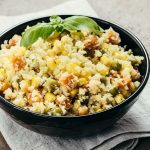
In the quest to lighten up on carbs and refined grains, cauliflower rice is the hands-down favorite substitute. But you don’t have to buy pricy, pre-riced bags of cauliflower when a simple countertop appliance can do the job for you quickly and easily. Cauliflower is one of the healthiest vegetables around, high in vitamins C and K, fiber and folate, but not everyone loves it on its own. The beauty of cauliflower is that other ingredients can transform its taste into familiar dishes. For instance, when mashed and seasoned with chives and/or sauteed garlic, cauliflower can step in for potatoes. A ricer is the kitchen tool typically used to turn cooked cauliflower into fine, uniform shreds and works great to create a thick puree. But when you want to use cauliflower as a substitute for white rice and need to rice it raw, reach for the processor. Riced cauliflower can be used for many dishes that call for rice or pasta. This Asian fried “rice” is the perfect introduction to cauliflower cuisine. Cauliflower Fried Rice 1 small head cauliflower, cut into florets 3 tablespoons sesame oil, divided 4 carrots, peeled and chopped 1 red or yellow onion, peeled and chopped 2 tablespoons ginger, minced 2 garlic cloves, minced 1 cup corn kernels 1/4 cup chopped cilantro 2 tablespoons reduced-sodium soy sauce 1 tablespoon hot sauce… read on >











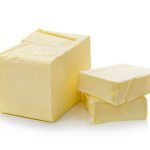



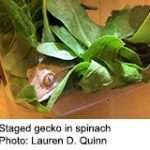
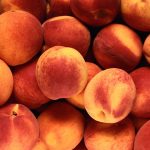
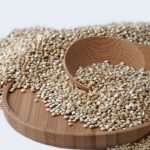











-300x200.jpg)







-300x169.jpg)
